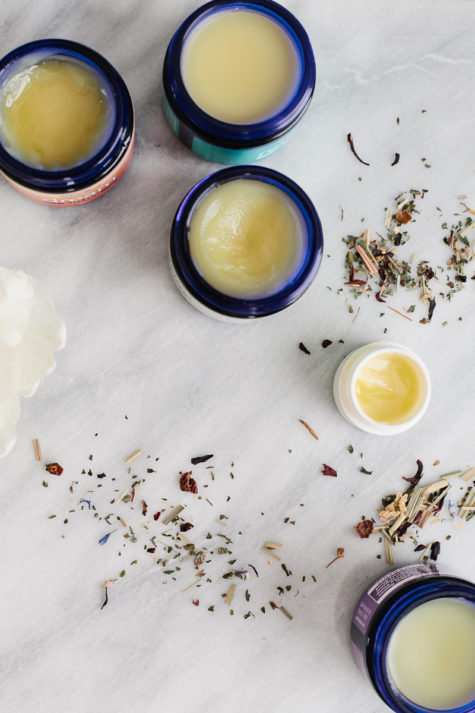How To Make A Healing Lotion
Lotions are what you get when oil and water mix. The trick is finding a way to keep them in suspension. Most instructions for making lotions call for water and herb-infused oils, but this yields a very thin, runny lotion that is more likely to separate. Working with salves instead of oils makes a thicker lotion ore likely to stay mixed.
If you prefer thick lotions, use salve. If you prefer thin lotions, use oil. If you prefer something in between, use half salve and half oil.
Administration and Dosage Guidelines
Lotions are used topically for dry conditions, such as eczema and dermatitis. You can use them any time as part of your daily skin care routine. Lotions are excellent for later-stage healing of burns.
Apply lotions frequently for best results – 2 to 4 times daily, depending on the issue.
Shelf Life and Storage Guidelines
Lotions should be used within 1 to 3 months. If you live in a warm climate, keep them refrigerated.
Necessary tools, Equipment, or Ingredients
- Rose water, water-based witch hazel extract, tea, or water
- Herbal salve or herb-infused oil
- Blender
- Storage container
- Labels
Preparing Remedies – Step by Step
In order to make a lotion, you will first need an herbal salve or herb infused oil. Instructions for how to make these can be found here:
Make sure all your ingredients are at room temperature. If any are warmer or cooler than the others, they may not emulsify.
Measure equal amounts of salve and water (plain water, tea, rose water, water-based witch hazel extract, etc). Use no more than 1 cup each. Most blenders can handle no more than 1 1/2 to 2 cups of lotion.
Put the water in the blender and blend for 1 to 2 minutes until frothy.
Use a fork to stir the salve to soften it. With the blender running, slowly add the salve, a forkful at a time. If you are using oil, slowly pour it into the blender. Continue to blend for a few minutes. It will form a suspension and your finished lotion.
Bottle the lotion. Cap the bottle and label it with all ingredients, the date it was made, and include “Shake well before each use.” If your lotion separates, shaking temporarily re-emulsifies it.
Pros
- Emollient. Soothing for dry skin conditions
- Can be applied to burns. Once the skin starts to itch, lotion can provide relief and can be made with herbs that speed new skin growth, such as calendula.
- Homemade is better. You can add any scent you like, and you know there are no preservatives or chemicals.
Cons
- Tricky to make. It may take a few tries to find the best ratio of water to salve or water to oil. If your lotion is too thick, next time add more water. If it is too thin, next time add more salve. It is okay to put a lotion back into the blender to add more water or salve/oil. Experiment until you get it the way you like it. Keep good notes so you can reproduce it next time.
- Short shelf life. Make lotion in small batches so you can use it all before it molds.
Additional Considerations
If you adjust the recipe to increase the yield, blend it in small batches so there is no more than 2 cups total in the blender at one time. Most blenders can’t emulsify more than 1 1/2 to 2 cups at a time.
Source: Herbal Medicine for Beginners
Rennie Luttrull: queen-annes-lace-seeds
Rosanna: Spignel aka Bald Money
Annamarie Squatrito: Fumitory
EILEEN Klinghagen: Pumpkin
Mahmudul Hasan: Celery



Leave a Reply